Google’s long-awaited Pixel 4a starts landing in the hands of customers next week, and by now, you’ve probably heard the narrative. This is all the phone anyone needs, and it has the best camera. Beyond that, though, Pixel 4a has a larger job. With Google’s smartphone lineup flailing at the high end, this mid-ranger can teach the company a thing or two.
Hardware
Boring in the best ways
The name of the game with cheap smartphones, at least for the most part, is plastic. Gone are the glass and metal materials of high-end flagships. Generally, plastic can feel pretty bad despite looking nice, but Pixel 4a flips that on its head.
The hardware on Pixel 4a is… well it’s boring, honestly. The plastic unibody shell only comes in black, and its most exciting design trait is a sorta-green power button. While we know another color was supposed to happen, they obviously didn’t, and we’re left with this. Is that a bad thing? Not really! The soft-touch back is just grippy enough and doesn’t get dirty too easily. You’ll probably notice some of the oil from your hands building up on the back of the device over time, but in the several days I was using this device, it was barely an issue. Unless the light hits it just right, you’ll barely notice. For most people, too, there will be a case on the device anyway. The hardware, too, is a nice improvement from Pixel 3a. It’s not as glossy and feels nicer on the whole compared to last year’s phone.
Beyond the soft-touch plastic, there are some smart design decisions on this device, too, despite the “cheap” price tag. The buttons along the side are very clicky. That’s a minor detail, but it’s one that makes the phone feel much more premium than it actually is. Google also stuck with a rear-facing fingerprint sensor on this device. That undoubtedly helped drive costs down while keeping reliability. Plus, it can’t be stated enough how valuable a fingerprint sensor is in the COVID era.
Pixel 4a is by no means exciting. Where Samsung turned to an eye-catching design on its Galaxy A51 and Apple reused a premium, but older design on its iPhone SE, I think Google struck a good balance here.
Software
Everything you need, not much more
In the end, the hardware barely matters, too. It’s all about software on a Google Pixel smartphone, and Pixel 4a is no different.
Out of the box Pixel 4a runs on top of Android 10 and will be updated to Android 11 in a matter of weeks when that officially drops. The phone is promised three major Android updates, but I’d bet it will end up getting four based on the wonky release date. Updates are a core reason you should buy this phone, too. Time and time again it’s been shown that Google is the fastest when it comes to releasing updates for Pixels, and most budget phones end up getting updates delayed at best, if they come at all after a year or two.

The software, too, is a clean build of Android. It comes pre-loaded with a bunch of Google apps, but nothing more. With 128GB of storage on board, that means you’ll have plenty of space for all of the apps you want to use. As far as features go, though, Google is sometimes lacking compared to the competition. Once this phone is updated to Android 11, it will have added some nice features such as screen recording, quick smart home controls, and more. However, it still lacks a few things you’d find on competing devices. Whether you consider it intrusive or not, software skins like Samsung’s OneUI do add some legitimately useful features.

Still, I’d take the Android experience provided on a Pixel smartphone any day of the week. It gives me everything I need to get things done without getting in my way or messing anything up. Many may point to the OnePlus Nord as an alternative to Pixel 4a, and to those people I remind them that notifications are a wonderful thing that OnePlus constantly messes up. What about Samsung’s budget lineup? OneUI is just really, really frustrating at times for a plethora of reasons. Also, ads don’t bombard the Pixel’s software.
In the software department, Pixel 4a also comes pre-loaded with the “new” Google Assistant. It works on-device and is incredibly fast, putting other device assistants to shame and even making the standard Google Assistant found on other Android phones feel slow.
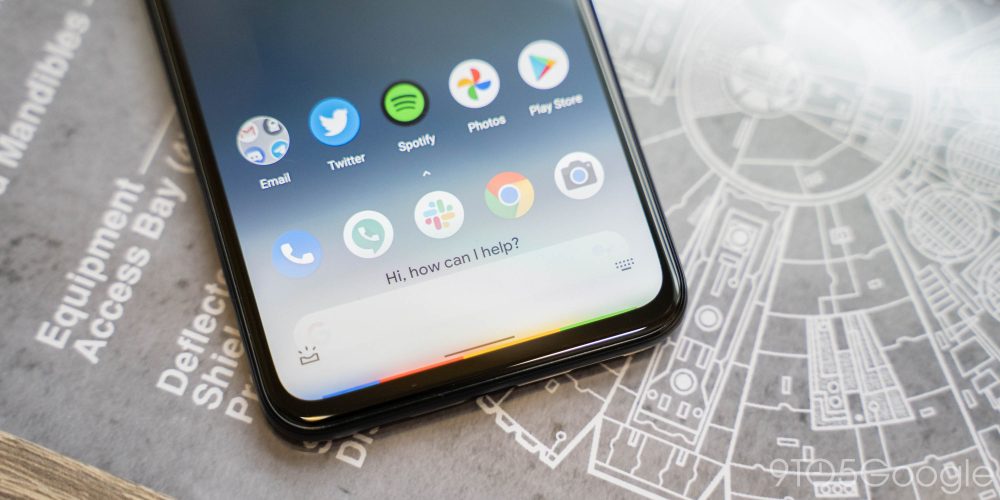
Performance
Expectedly imperfect
Powering the Pixel 4a’s software is a mid-range Qualcomm chipset — the Snapdragon 730. By design, this isn’t a powerhouse chip, but it’s more than enough for a phone of this price range.
In my experience, this phone uses that chip along with 6GB of RAM to chug its way through anything I throw its way without issue. There are stutters here or there, a lockup once in a while, but overall I have almost no complaints. The 4a performs much better than last year’s 3a and significantly better than the Galaxy A51, which will sell in droves at nearly the same price point.

The performance at launch, too, is a good sign that it will continue to be solid over time. Pixel 3a didn’t really age that well. I expect the 4a to do much better.
Display
Not exactly a highlight
The 5.8-inch display on Pixel 4a is a bit of a controversial topic because it’s the only size available. Personally, I think this is a great middle ground. It’s not so small that the keyboard becomes hard to use or apps feel cramped, but not so large that some users feel overwhelmed.
The quality of this display, however, is lacking somewhat. I haven’t noticed the auto-brightness issues that some other reviewers have noted on this unit, but viewing angles have been noticeably not great. With any movement off-axis, there’s a slight blue tint. It’s not nearly as bad as the Pixel 2 XL a couple of years ago and it’s absolutely something everyone will be able to live with, but it’s something to be aware of.
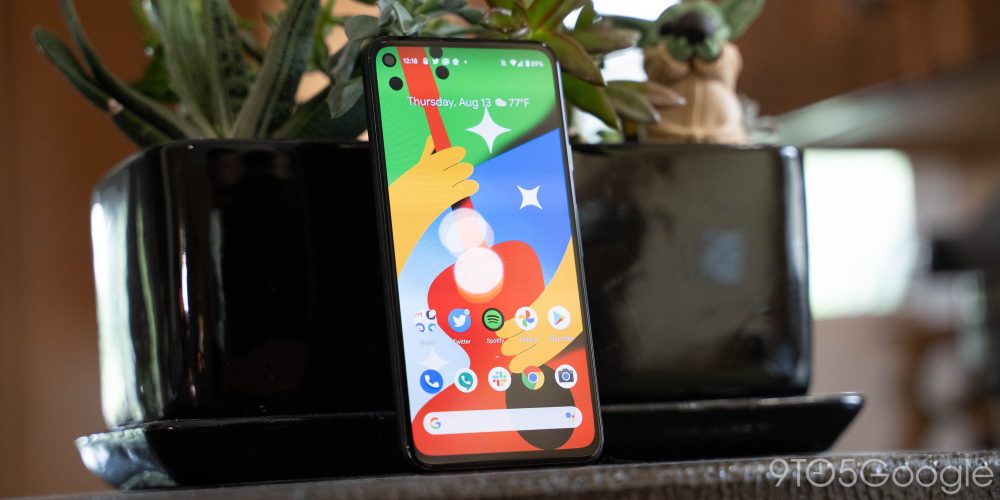
Another negative I noticed is the oleophobic coating — the protective layer that prevents oil buildup on your screen. It’s barely there. I feel like I’m constantly wiping the screen down because it’s always covered in streaks from my finger. Pixel 3a didn’t have this problem, but that had a worse overall display overall, so this is an acceptable trade-off.
What’s excellent about this display is how much of it there is given the small size. This is the largest screen-to-body ratio that’s ever been on a Pixel and it’s a good look. I’ve never been a huge fan of hole-punch designs, but Google pulls it off well here. The bezels aren’t perfectly symmetrical either, but it’s completely fine and still looks really good.
Camera
Without question the best in its price class
Alright, time for the pièce de résistance — the camera. Google’s strength with Pixels has always been the camera, and it just continues to impress on Pixel 4a.

There’s only one 12MP camera on the back of the 4a, but it takes some truly excellent shots. Pictures are crisp, have Google’s signature contrasty look, and most importantly are reliable once you’ve pressed the shutter button. This is a camera you can trust when you snap a picture. I’ve been disappointed very few times taking photos with the Pixel 4a, and most of those times are just because even a Pixel has trouble keeping up with the energy of a puppy.
On that final point, too, Google’s Motion Photos feature has been genuinely useful late.
That’s not even to mention the fact that Pixel 4a supports the stunning astrophotography of the Pixel 4, something I couldn’t really test given local weather during my testing period. Super Res Zoom, too, still gets surprisingly decent results even at 7x zoom, as seen above.
Sure, you can scoff at the fact that there’s only one rear camera — no telephoto or ultrawide — or the fact that video isn’t at the same level, but at the end of the day you’re getting the best camera for stills for a fraction of the cost of flagships that don’t meet the same standards. As far as I’m concerned, there are very few valid complaints against Pixel 4a’s camera.
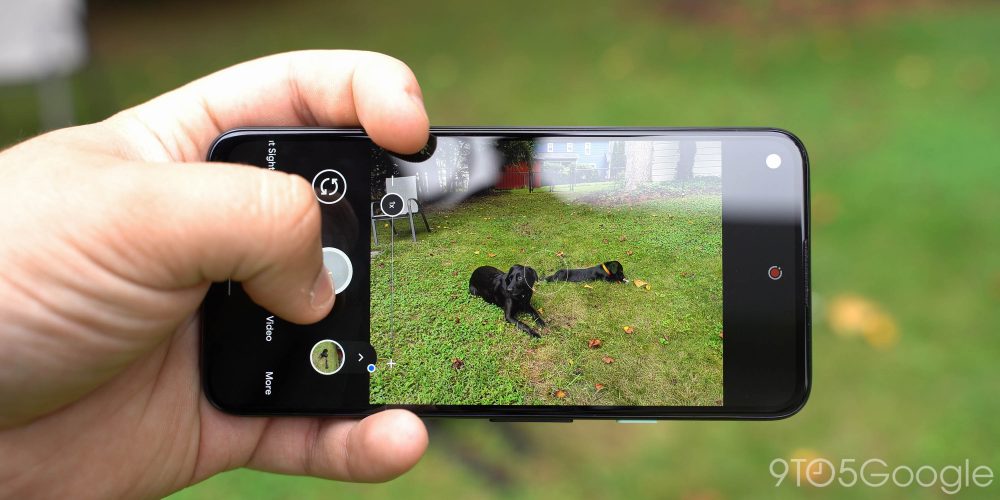
Battery life
Fixing past mistakes
Google Pixel smartphones are known for a lot of things, but battery life isn’t one of them. While XL models sometimes have solid endurance, the Pixel 4 especially left a sour taste when it comes to the battery life.
Pixel 4a still has a small physical battery, but a combination of the processor, display, and simple optimization leave this phone with pretty solid battery life. I can easily use Pixel 4a for a full day with at least 20% left in the tank. Most days, in fact, I go to bed with far more left.
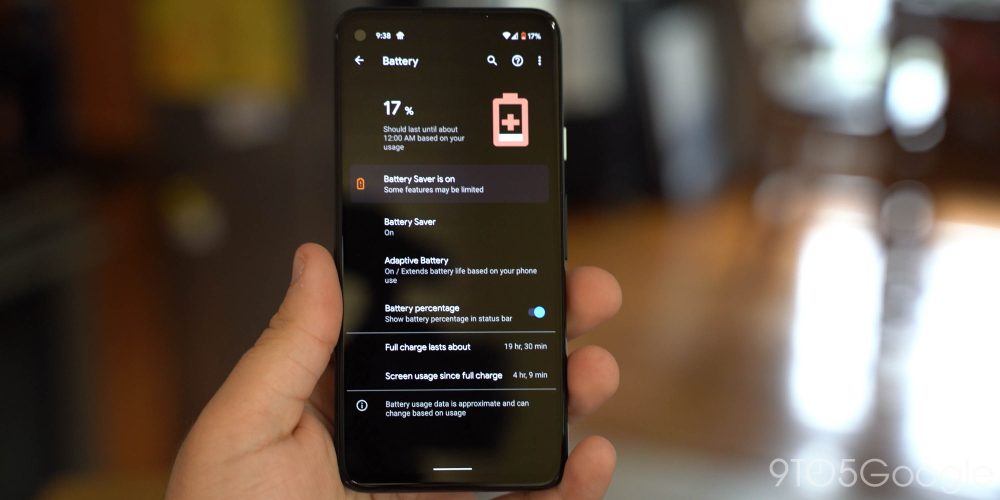
On one particularly heavy day, 4a saw about 4 hours of screen time over the course of 19 hours — it was an early morning. That day included lots of social media, web browsing, and navigation as well. Still, by about 10 p.m. when I was calling it a night, I had 17% available. This isn’t phenomenal battery life, but it’s good enough for most people. It’s also a far cry from the concerns Pixel 4 brought up. Compared to the smaller Pixel 3a last year, it’s basically on par with no improvement, but not really any regression either. The only real shame is there’s no XL model to provide better endurance.
Little things
Speakers and headphones
Pixel 4a brings a stereo speaker array that pumps through a bottom-facing primary speaker and the earpiece. It’s not impressive, but it’s good. Also, there’s a headphone jack! Woo!
Haptics
Google has put a new interest on haptics over the past couple of years, and the Pixel 4a represents a marked improvement on the budget sector compared to last year’s 3a. Pixel 3 and 4 both have some of the best haptics on any Android phone and, while 4a isn’t quite as good, it’s better than most budget phones. Well, aside from the gold-standard iPhone SE.
Fingerprint sensor
I mentioned the rear-facing capacitive fingerprint sensor earlier on, but I’ve got to bring it up again. It has been refreshing to use this. While I wish Google had made a bit more a recess to make the sensor easier to feel out, it’s fast, reliable, and comfortably placed. In-display fingerprint sensors are getting better, but I’m so glad Google is not using them on this phone. They’re just not as good yet.
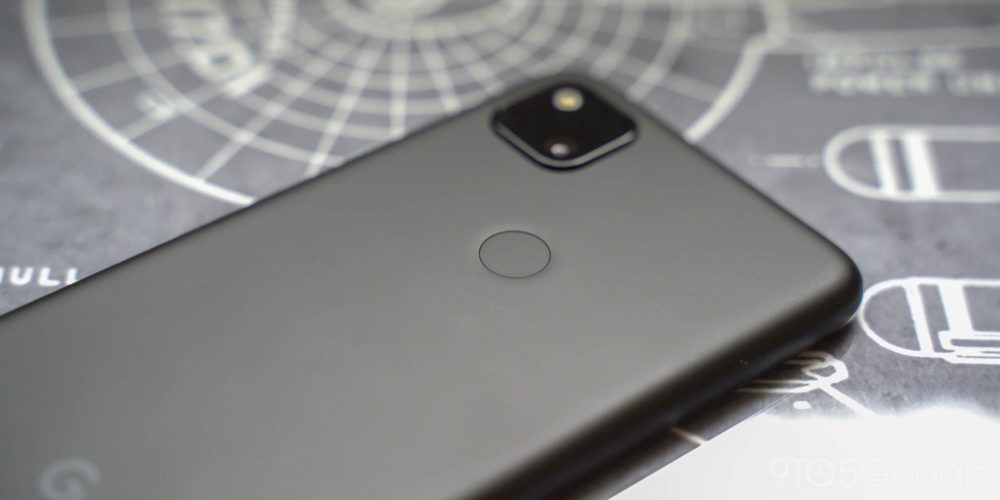
Final thoughts
Arguably the best Pixel to date
With Pixel 4a, it’s really hard to argue against what you’re getting. This is not a perfect smartphone, but for $349 you’d be hard-pressed to find an option that is as good as this for as many people this phone is right for. The only true competition, at least in my eyes, is the iPhone SE, but it fails to keep up when it comes to the camera, the size, and still costs $100 more for a matching model.
I’d argue that Pixel 4a is Google’s best smartphone from the line to date. It gets so much right without really having any major negatives.
It’s a shame we couldn’t say the same about Google’s flagships last year, though. After those failures, I think Google can learn a thing or two from Pixel 4a. By keeping its cost down, not trying to be overly ambitious, and sticking to what it’s especially good at, Google has crafted a phone that’s just plain good, no asterisk needed. I really hope that continues through future models.
FTC: We use income earning auto affiliate links. More.
Check out 9to5Google on YouTube for more news:
"Smartphone" - Google News
August 14, 2020 at 10:11PM
https://ift.tt/2FfRdIv
Pixel 4a Review: Superb smartphone on a budget, and a formula Google should remember - 9to5Google
"Smartphone" - Google News
https://ift.tt/2QXWyGT
https://ift.tt/2KSW0PQ
Bagikan Berita Ini














0 Response to "Pixel 4a Review: Superb smartphone on a budget, and a formula Google should remember - 9to5Google"
Post a Comment